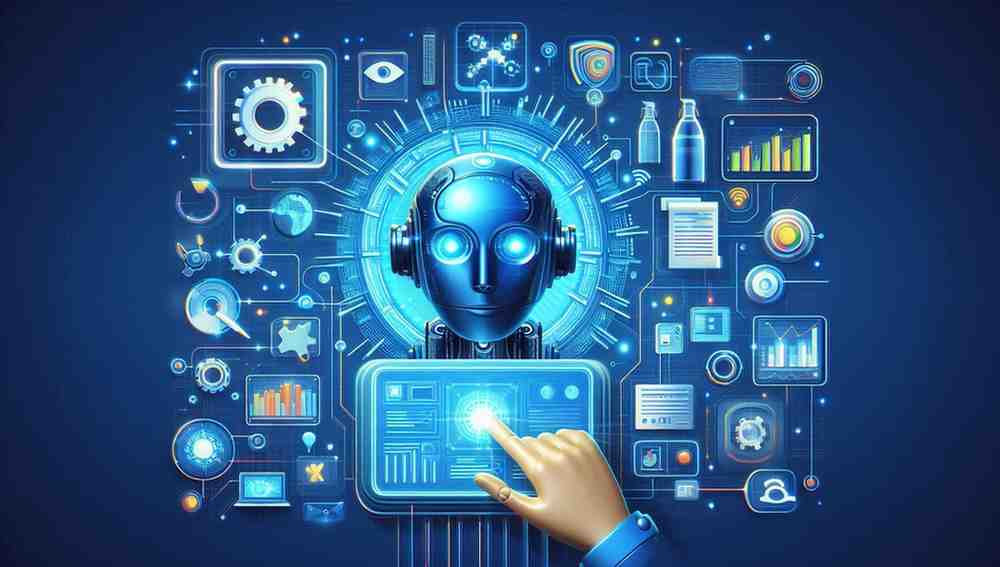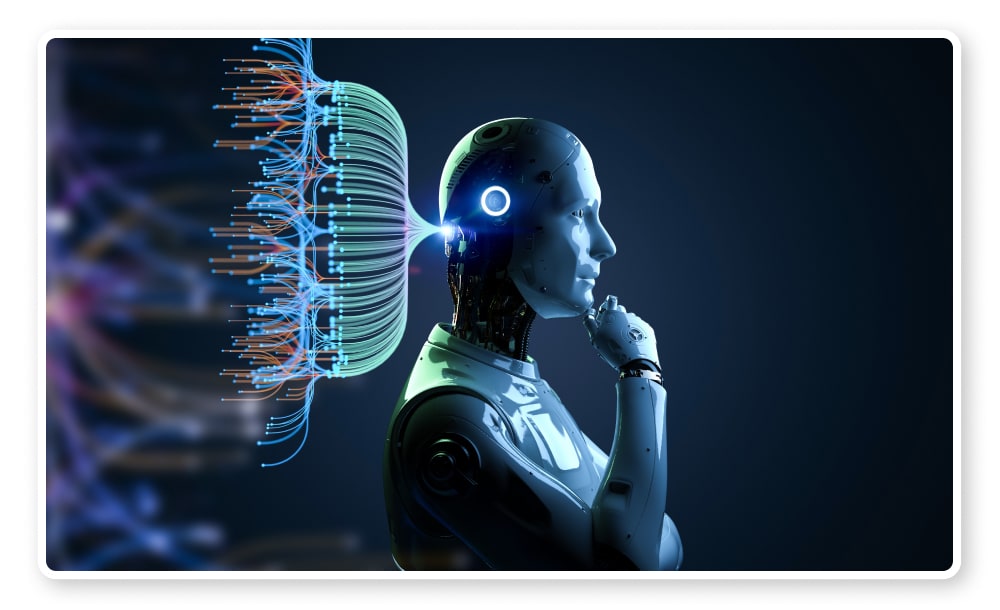Transformer Models in AI: Redefining the Future of Machine Intelligence
Transformer Models in AI are turning the world of machines to comprehend the language, interpret the images and even create content in multiple areas of application.
What Are Transformer Models in AI?
Transformer Models Transformer Models in AI (Models based on self-attention) are deep learning architectures that have been developed to process sequential data, enabling models to get a better understanding of context and meaning.
Transformer models are AI models that contrast with the classical models such as RNNs or CNNs since they process whole sequences parallel instead of iterative way training is quicker and precision improved.
Why Transformer Models in AI Matter
Transformer Models in AI are important as they drive the best-in-the-world natural language processing (NLP) systems, image recognition applications and even such generative applications as ChatGPT and DALL·E.
The scalability, flexibility and ability in processing enormous data make Transformer Models in AI to be the gold standard of AI performances in different tasks.
The Architecture of Transformer Models in AI
Transformer AI Model consists of encoder and decoders which learn the contextual relationships among the data points through self-attention and feedforward layers.
Transformer Models in AI applies multi-head attention to represent various properties of a sequence, including word order, semantics and associations that enhance interpretation across contexts.
How Transformer Models in AI Process Information
Transformer Models in AI first represent the input data as embeddings, introduce positional encodings to remember the sequence order, and finally applies a sequence of attention layers stacked on top of each other to treat the data globally.
Transformer models in AI decode this information through attention based mechanisms to produce the relevant output whether it be a text, label, or image feature.
Applications of Transformer Models in AI
Transformer Models in AI have been applied to machine translation, sentiment analysis, text summarization and image captioning and even robotic control and medical diagnosis.
Transformer Models in AI are also suitable in finance, legal technology, retail, and education where it is needed to recognize patterns, as well as understanding context.
Transformer Models in AI and Natural Language Processing
Transformer Models in AI have revolutionized the role of AI into NLP tasks with unprecedented simplicity and understanding the semantics, grammatical understanding and context of language.
AI Transformer Models are considered as the engine behind such systems as BERT, GPT and T5 that have rewritten the book on question answering, conversation, and document analysis.
Transformer Models in AI and Computer Vision
Transformer Models in AI have grown out of text and into computer vision with models such as Vision Transformers (ViT) that are now used to perform tasks such as image classification and object detection.
Transformer Models, compared to classic convolutional approaches, are better in scale visual tasks, and have better generalization and adaptation.
Benefits of Using Transformer Models in AI
Transformer Models in AI enable parallel processing, more adequate contextual awareness, and general capability to adapt to long-range dependencies.
Transformer Models in AI minimise manually designed features and rules, learning instead on raw data, and thus scale better and minimize engineering labour costs.
Challenges of Transformer Models in AI
Transformer Models in AI are computationally heavy and consume much computational resources and memory particularly in training large scale models.
Data bias, difficulties with the interpretability, and the use of a lot of energy that entails big environmental costs are also among the problems with Transformer Models in AI.
Optimizing Transformer Models in AI
Transformer models of AI are tuned on domain-specific data and the methods applied are pruning, quantization, knowledge distillation, and fine-tuning.
Transformer Models in A.I could be trained to have few parameters and still be able to run as effectively as when optimized, they become available to more developers and organizations.
Transformer Models in AI for Low-Resource Languages
AI Transformer Models are making it possible to take low-resourced and underrepresented languages through transfer learning and multilingual training.
Artificial Intelligence Transformer models have solved the problem of language barriers as these models produce correct translations and conduct cross-lingual comprehension despite lacking parallel corpora.
Transformer Models in AI and Generative Intelligence
Generative AI applications such as text-to-image generation, story generation and even code completion rely on Transformer Models such as GPT-4 and Codex.
With Transformer Models in AI, you can have creative use as in gaming, marketing, entertainment, and virtual assistant and have a machine generating human outputs.
Use of Transformer Models in AI-Powered Chatbots
AI Transformer Models are the engines behind smart natural language chatbots that can interpret a user request, keep track of history, and respond with a human-like better response.
Transformer Models in AI enable customer service systems to speed up their response time, deliver more complex interactions, and achieve greater satisfaction due to smarter automation.
Transformer Models in AI for Healthcare
In the field of AI, Transformer Models aid in the processing of the electronic health records, prediction of disease risks and interpretation of the medical images by deep contextual analysis.
Transformer models in Artificial intelligence have enabled drug discovery and genomics to detect patterns in research literature and biological sequences on a massive scale.
Business Applications of Transformer Models in AI
AI Transformer Models automate the process of pulling insights on relevant data such as large documents, emails, reports and customer conversations in business intelligence.
Transformer Models AI enables optimisation of proceedings, automation, and data-based forecasting and observation-based judgments.
Ethics and Bias in Transformer Models in AI
AI Transformer Models have responsibilities when training so that they are not used to introduce bias, misinformation, or are misused in sensitive areas, such as employment, healthcare, or correcting justice.
AI Transformer models need simplicity, justice, and interpretability to create confidence and prompt reasonable results in real-life applications.
Transformer Models in AI and the Open Source Movement
Transformer Models AI models have open-source communities including Hugging Face and OpenAI and Google TensorFlow, ensuring that research is widely available.
AI Transformer Models are the products of community contributions, rapid prototyping and sharing of datasets, which fast-track innovation and adoption around the world.
Training Transformer Models in AI at Scale
AI requires good hardware capable of training Transformer Models (GPUs and TPUs), and good frameworks (PyTorch, TensorFlow, and DeepSpeed) to easily scale up.
Transformer Models in AI are trained under a large dataset, at billions of tokens and this ascertains the fact that they can generalize across tasks and domains.
Future Trends in Transformer Models in AI
The future of AI is the same model of transformers generated in a smaller, faster, and more efficient structure such as MobileBERT, TinyGPT and edge suited models.
Transformer AI Models will keep extending to other fields, such as video understanding, audio analysis interventions, robotics, and real-time AI.
Getting Started with Transformer Models in AI
AI transformers can be investigated readily due to the availability of pre-trained models, cloud services, and developer friendly libraries on sites such as Hugging Face and TensorFlow Hub.
Transformer Models in Artificial Intelligence can be adapted to your data without much configuration on classification, summarization, translation, and entity recognition tasks.
Transformer Models in AI on www.aiviewz.com
At www.aiviewz.com, the Transformer Models in AI are studied in detail, including tutorials, case examples, and guidelines on working with developers, academic researchers, and other interested technology enthusiasts.
Transformer Models in AI can be used better than through the learning materials, blog articles, and solution demonstrations in www.aiviewz.com.




Leave a Comment